I’ve been meaning to visit the church of St Mary the Virgin at Lapworth for some time and as I was in the area I decided to go along and have a look. It took me absolutely ages to find the car park but I was fortunate in that the forecasted heavy rain never arrived although it was very gloomy.
A detached tower
The church which is a Grade 1 listed building dates back to the mid 12th century although it is believed there may have been a wooden chapel on the site from the Saxon period. A restoration of the church occurred in the 19th century. St Mary’s Church is a rare example in Warwickshire of a church constructed with a detached tower. The tower was built in around 1380.
I was a bit nervous about exploring the interior of the church as part of it is alarmed and I seem to remember another Blogger, who shall remain nameless(!), set off the alarm by leaning into one of the alarmed areas resulting in the verger appearing in a hurry! If anyone was going to accidentally set off the alarm again it would be me but luckily someone had just set the church alarm and very kindly turned it off so I could explore the whole church for half an hour.
There were some beautiful stained glass windows in the church, such as one showing the Adoration of the Magi, the Nativity and the Shepherds
Lady Chapel
The Lady Chapel – now known as St Catherine’s Chapel and rededicated to those who died in the First World War – contains the Adie Wade Memorial Window which is beautiful. Adie was from Lapworth and he died towards the end of the war when the hospital he was in recovering from an injury was bombed.
The chapel also contains The Florence Bradshaw Memorial tablet by Eric Gill. It was commissioned in 1928 and is called the Mater Amabilis and depicts Madonna and Child. It is made from Portland Limestone and is situated on the west wall of the chapel. Above the Memorial tablet is a fragment of a Medieval wall painting. This window with Heraldic shields was reconstructed after serious damage by severe gales in 1925.
The Lapworth Missal
The Lapworth Missal is considered the most important surviving Medieval manuscript associated with St Mary. It was handwritten in Latin with colourful illuminated borders and contained text of the Roman Catholic Mass and prayers used throughout the year. It was made in the 15th century probably for use in St Mary and was used in the church until its removal during the Reformation. It is now in the archives of Corpus Christi College, Oxford. A reproduction of the painting of the Crucifixion from the Missal is on display.
This page is an edited version of a piece published on Ragged Robin’s Nature Notes blog, and reproduced with the author’s permission.

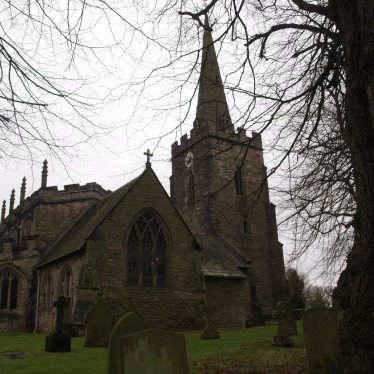
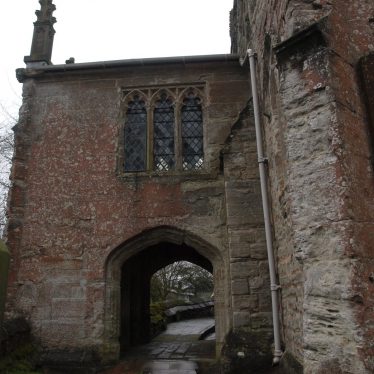
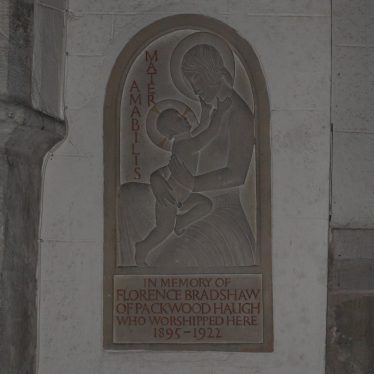

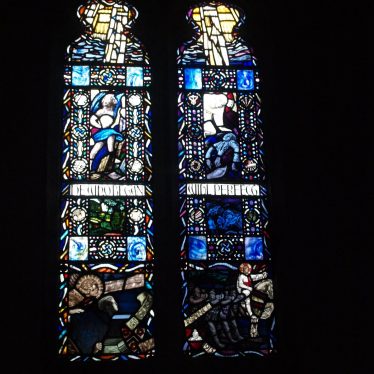
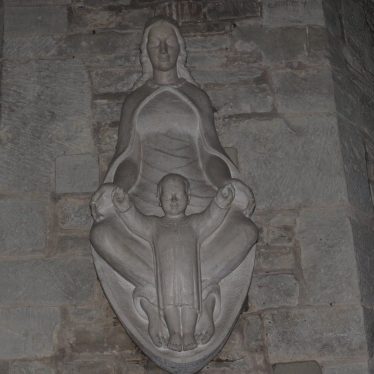






Comments
Add a comment about this page